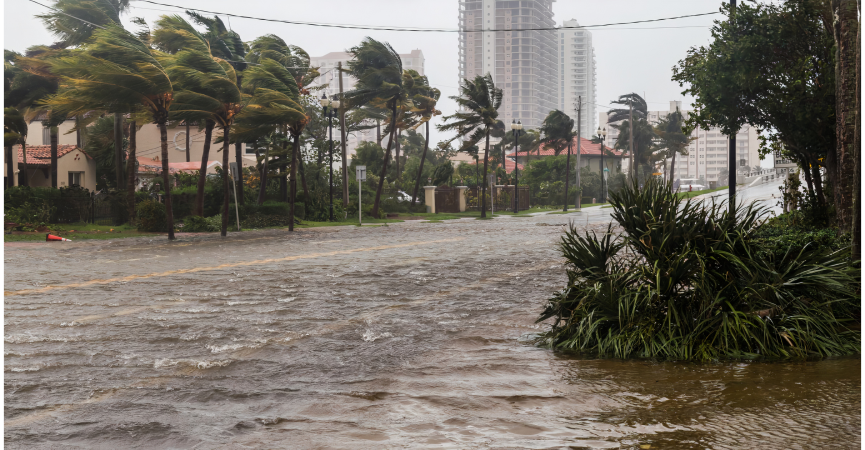

Due to global warming, the water industry has been facing turmoil for a long period of time. From time to time, the industry had to face huge challenges that complicated short and long-term planning decisions. The industry will also inevitably have to go through several changes in the coming years due to rapid urbanization, growth in population which subsequently increases customer demand, and emerging digital technologies. These changes will lead to a complex set of challenges that should be addressed in order to maintain sustainability.
But the question is can we convert these challenges into opportunities that could benefit business, customers, and eventually the environment? The answer to this is YES! We have highlighted five scenarios and opportunities which are likely to impact the water industry in the coming years.
Addressing the effects of extreme climatic eventsThe majority of the climatic impacts are related to water in one way or the other. Climate change affects agricultural activities, contributes to a rise in sea level, triggers wildfire, and brings about flood and drought events. It has been predicted that with more than half of the world’s population living within 200km of the coast by the year 2050, sea-level rise and extreme storm surges will affect the coastal communities to a greater extent. In order to cater to this issue, the use of sophisticated water modeling technologies should be adopted which can help determine current vulnerabilities and can suggest effective solutions to lower these coastal challenges.
 Protecting Agricultural Production
Protecting Agricultural Production
According to a study conducted by the UN, the world’s population is expected to surpass the number of nine billion people in 2050. To ensure there is enough food for everyone, global food production needs to be increased by 70%. To meet this number we would need more arable land for crop production, with more extensive irrigation. In order to maintain sustainability, we also require efficient irrigation management and erosion risk management, flood warning systems, and precision farming systems. This would help us optimize agricultural production using the least amount of water.
Reusing Wastewater to Promote a Circular EconomyAccording to a study conducted by the UN, the world’s population is expected to surpass the number of nine billion people in 2050. To ensure there is enough food for everyone, global food production needs to be increased by 70%. To meet this number we would need more arable land for crop production, with more extensive irrigation. In order to maintain sustainability, we also require efficient irrigation management and erosion risk management, flood warning systems, and precision farming systems. This would help us optimize agricultural production using the least amount of water.
A Customer-Driven RevolutionIn the present time, customers are empowered by digital technology. And therefore, they continuously expect more personalized products and services that can help optimize their work, improve their lifestyle and help them reach their goals. To achieve this, businesses must cope with the reality of an empowered customer. In this customer-driven environment, the water industry is always forced to consider how to collaborate with customers to develop solutions. Once we achieve this, there will be ample opportunities for establishing long-term customer relationships while solving challenges within the water sector.
By collecting and analyzing data more effectively, smart water network technologies increase the dependability of physical water infrastructure. The utilization of Internet of Things (IoT) devices and data analytics not only aids in better infrastructure management and the reduction of non-revenue water losses but also supports significant changes in how water utilities and businesses operate. Businesses may boost productivity and efficiency while also improving customer service with smart end-to-end water networks.

Looking forward to the next 25 years, with these new sets of challenges and opportunities, the water industry will need both significant further investment and continuing evolution of the sector's regulatory framework. This will guarantee that the water industry can continue to provide the efficient and effective outcomes that consumers and society want.